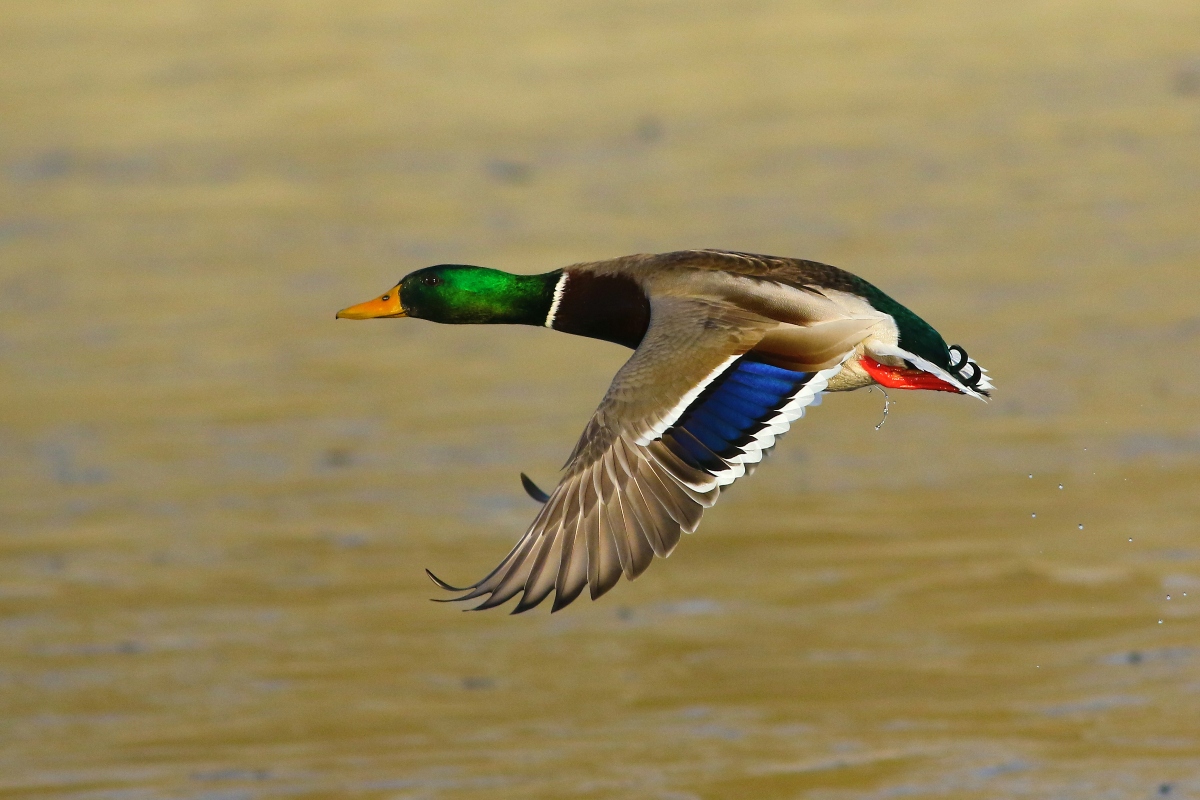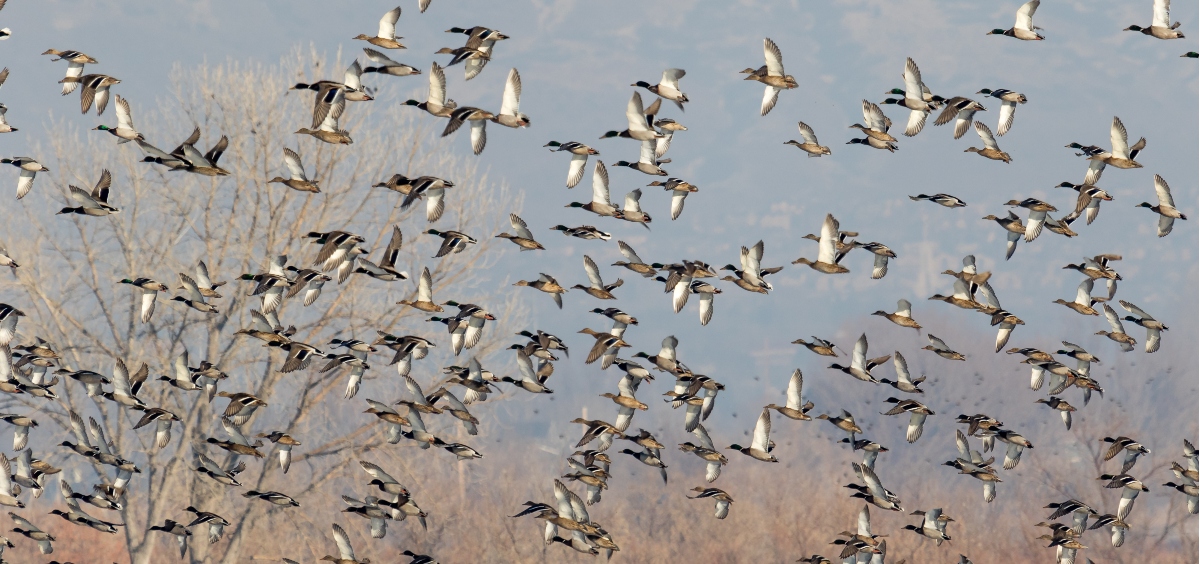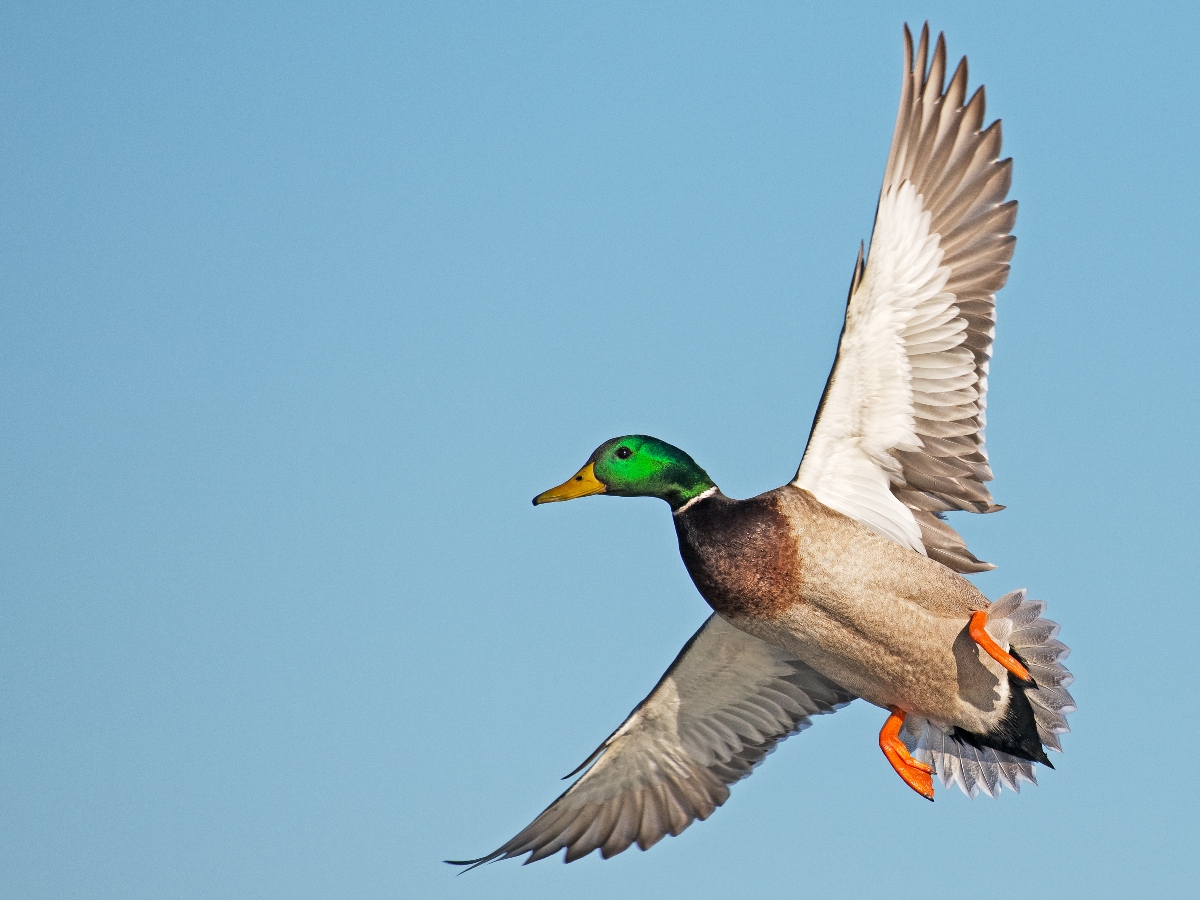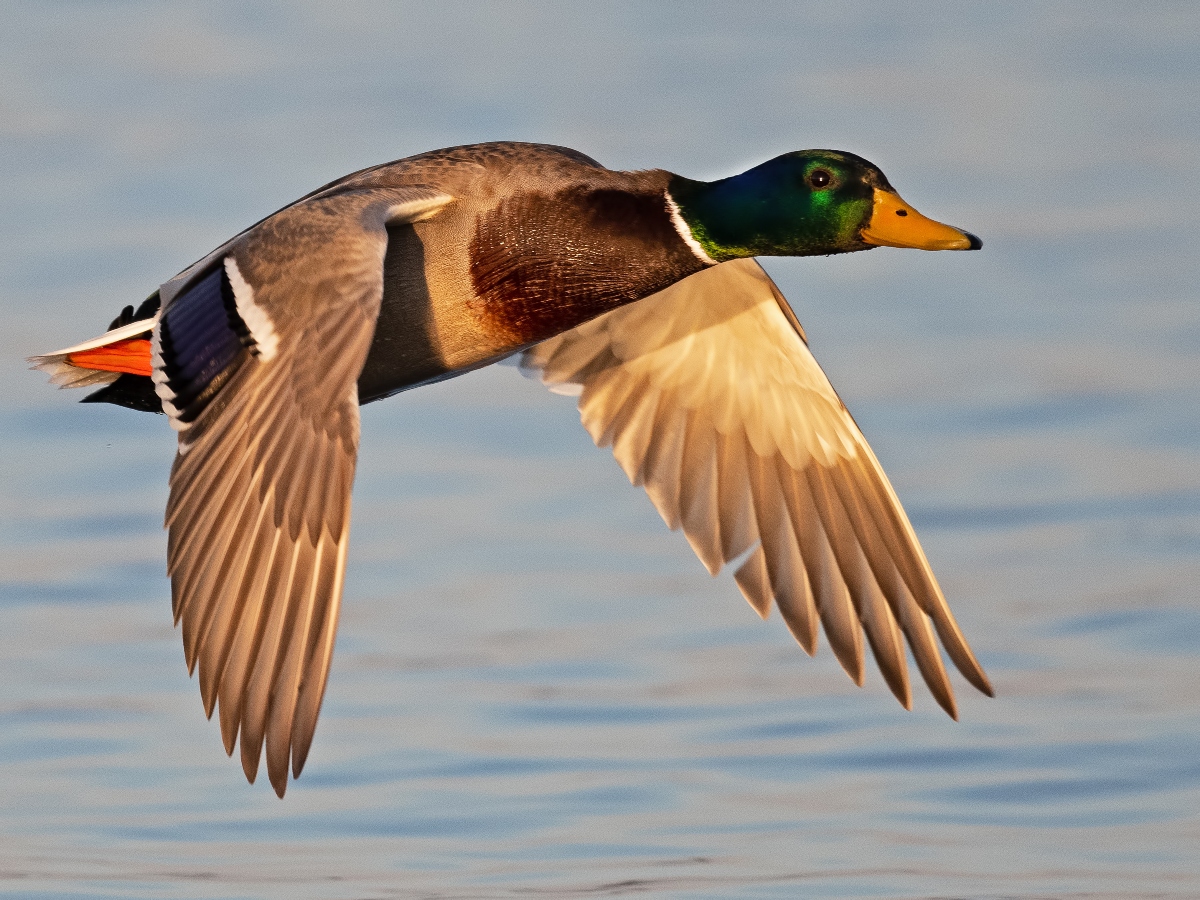The Mallard, known scientifically as Anas platyrhynchos, is perhaps one of the most recognizable and widespread duck species globally. Its ubiquity across Northern Hemisphere waterways has made it a quintessential figure in the landscape paintings, storybooks, and peaceful afternoon strolls by the lakeside.

An adult male Mallard, known as a drake, boasts a remarkable display of vibrant colors during the breeding season. The iridescent green head, sharply contrasted by the white neckband and chestnut-brown breast, immediately catches the eye. In contrast, the female dons a more subdued, mottled brown plumage, providing her with excellent camouflage abilities, a necessary attribute during the nesting period. However, both sexes share the distinct blue-purple speculum patch on their wings, which flashes brilliantly during flight.
Inhabiting a diverse range of wetlands, rivers, lakes, and ponds, the Mallard’s adaptability to different environments is indeed commendable. Their diet is equally varied, consisting of aquatic plants, insects, and small crustaceans. Their dabbler nature can often be observed as they feed on the water surface or tip forward to reach underwater vegetation, leaving their green or orange legs playfully sticking out of the water.

During the breeding season, Mallards engage in elaborate courtship displays, involving a series of vocalizations, head bobbing, and mutual preening to strengthen pair bonds. The nest, primarily built by the female, is often situated in a concealed location close to water bodies. Here, she lays a clutch of eggs, ranging from 8 to 13, and takes up the responsibility of incubating them. Post hatching, the ducklings are precocial and venture out into the water under the watchful eyes of their mother, often forming adorable convoys behind her.
Mallards play a crucial role in wetland ecosystems. Being a prey species, they form an essential link in the food chain, supporting predators like foxes, raccoons, and birds of prey. Moreover, their foraging habits help in controlling aquatic vegetation and insect populations, thus maintaining a balance in their habitats.

Despite being a common and widespread species, the Mallard faces threats from habitat destruction, pollution, and hunting. However, various conservation initiatives globally aim at protecting wetland habitats, thus securing a safe haven for Mallards and countless other species that rely on these ecosystems.
As a species that bridges the wild and urban worlds, Mallards often find comfort in city parks and golf courses, bringing a touch of wilderness to urban locales. Their presence graces city dwellers with an opportunity to connect with the natural world, instilling an appreciation for wildlife and the environments they inhabit.

Whether seen gliding gracefully on a serene lake or spotted during a flight formation in the sky, the Mallard holds a familiar yet ever-enchanting place in the tapestry of the natural world, serving as a gentle reminder of the simple beauty and grace that nature continually bestows upon us.